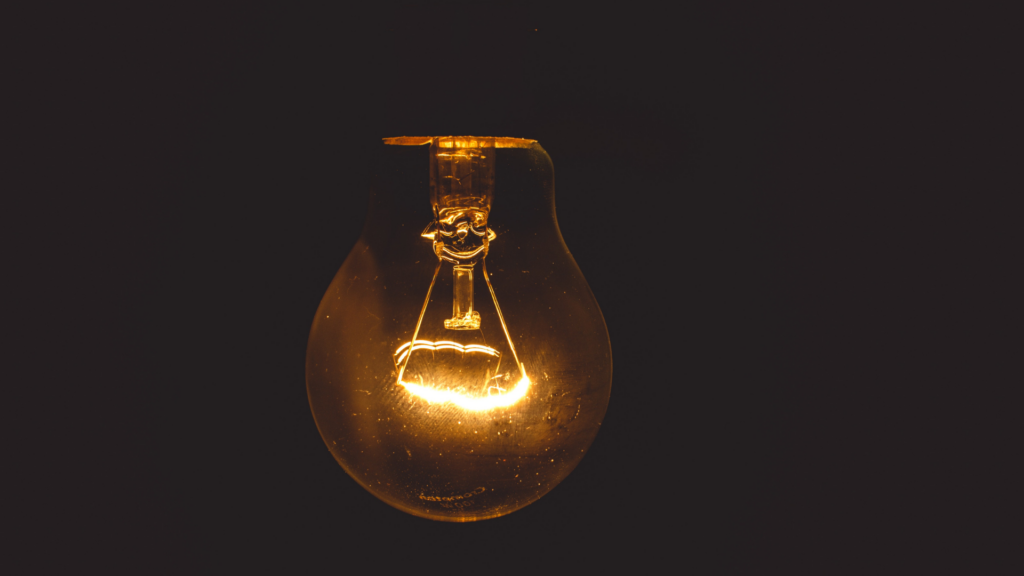How to Explore Addresses, Tokens, Contracts, and Gas Fees
by Russian DeFi
Etherscan is a powerful tool used by researchers, on-chain analysts, devs, and investors to investigate wallets, tokens, contracts, etc.
We put together a 101 guide on how to use Etherscan to help you DYOR 🧵👇
In this guide, we’ll explain:
• Exploring an Address
• Exploring a Token
• Interacting with a smart contract
• Etherscan gas tracker

Etherscan is a blockchain explorer for Ethereum, i.e – an interface where you can view all the transfers and interactions happening on the Ethereum chain.
There’s a LOT of information you can find on Etherscan… but only if you know how to look for it.
1. Exploring an Address
Found an interesting wallet and want to know which tokens it’s holding and where it’s interacting?

Let’s break down every section on the front page:
• Transaction Hash: Also known as Transaction ID. Every transaction on the blockchain will have a unique tx id
• Transaction Method: For example – “Transfer”, or “Approve”

• Block Number: The block number in which your transaction was included
• Time Stamp
• Token (Transferred From): The address from which the token was transferred
• Token (Transferred To): The address to which the token was transferred
• Transaction Value
• Transaction Fees: Tells about the cost of gas paid
2. Exploring a Token
Want to find details about a project token?
• Go to CoinMarketCap or Coingecko
• Copy the token contract address and paste it into the search bar on Etherscan
Then click on the token tracker link (see screenshot). You could also, alternatively, search for the token name in Etherscan search.


The Token Tracker page has an overview and profiles summary section on top, which will show you some basic info like Supply, Market Cap, Address, Social Links, etc.

• Transfers show you recent token transactions, similar to exploring a wallet address

• Holders: The “Holders” tab gives you a breakdown of the wallets holding the token
• Total token supply
• Total token holders
• How much % of the token an address is holding
…and more related information.

For example, we can see that this address “Binance 14” is holding ~1% of USDC supply ($500M). And given that all transaction are from “Binance 14” to [other address], this is likely a Binance Address used for withdrawals.
https://etherscan.io/address/0x28c6c06298d514db089934071355e5743bf21d60

• Dex Trades: All the info about DEX trades happening for this token.

• Contract: If the contract is verified you will be able to view the source code and interact with the contract.
3. Interacting with a Contract from Etherscan
You can interact with smart contracts (read and write) directly from Etherscan, instead of having to use the Dapp.
Why might you want to interact with the smart contract directly?
• if a DeFi Dapp stops working
• has a bug on the frontend that is preventing you from transacting
• you want to test or use a deployed smart contract before the dapp is live
Read Contract
You can call read functions from the contract here, which allows you to query different types of data stored on the chain. Example:
• Call balanceOf on the $USDT token contract to check the balance of a specific wallet.

Most fungible tokens on the Ethereum chain are ERC20 standard, and NFTs are ERC721 or ERC1155. You can find more about these token standards here to understand what their functions do:
ERC20: docs.openzeppelin.com/contracts/2.x/…
ERC721: docs.openzeppelin.com/contracts/2.x/….
Write Contract
This allows you to interact with the smart contract directly and call “write” functions like “transfer”, “increaseAllowance”, etc

To use Write Contract, you have to connect your web3 wallet. This is because you are making changes to the state of the smart contract. Here’s an article showing you how: https://docs.tokenbridge.net/eth-xdai-amb-bridge/multi-token-extension/how-to-transfer-tokens
4. Etherscan Gas Tracker
If you were around for the 2021 bull run or if you have ever minted any popular NFT (like OthersideMeta) you know the pain of paying a hefty gas fee.
https://etherscan.io/gastracker#historicaldata
Etherscan historical gas tracker is pretty useful to see trends and find the best times with cheaper gas.

Some additional resources to help you interact with Etherscan:
https://www.web3.university/article/how-to-interact-with-smart-contracts
https://www.youtube.com/watch?v=2EhKeQHFeTs
https://www.web3.university/article/how-to-interact-with-smart-contracts
https://academy.binance.com/en/articles/what-is-etherscan-and-how-to-use-it



